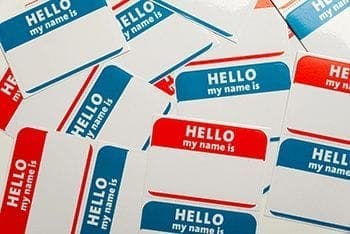JavaScript objects are a way to elegantly combine data and actions together in an object-oriented manner. The possibilities are endless. Think of having arrays that can sort themselves or strings that can search themselves.
Additionally, objects allow us to think in terms of things as opposed to data and actions. We can more emulate the real world.
Data within an object is accessible to the functions but hidden to the outside world. The outer world only sees what the object wants it to see (encapsulation). The object serves as a container that stores data and links it to code that can take action on it.
Data within an object is referred to as object members. So within objects…
- variables are properties
- functions are called methods
We can access each of these using dot-object notation…
object.property
object.method
Here is an example…
var person = {
firstName: "Joe",
lastName: "Schmoe",
age: 50,
talk: function(){
return "Hello, my name is " + this.firstName + " " + this.lastName;
}
}
We can access this object with the dot-object notation as follows…
person.firstName; // Should output Joe person.talk(); // Should output "Hello, my name is Joe Schmoe"
Happy Coding!
Clay Hess




